By: Thorsten Overgaard. May 2, 2021
Add to Flipboard Magazine.
What's in your new book, Thorsten Overgaard?
My new Leica Q2 book was released a few days ago and has become a monster of 448 pages with tricks and tips on how to use the Leica Q2 and Leica Q2 Monochrom. One of the features I discuss in the book, titled "The Art of Loving the Leica Q2" (which isn't that difficult), is the ability to crop images from the 47MP sensor.
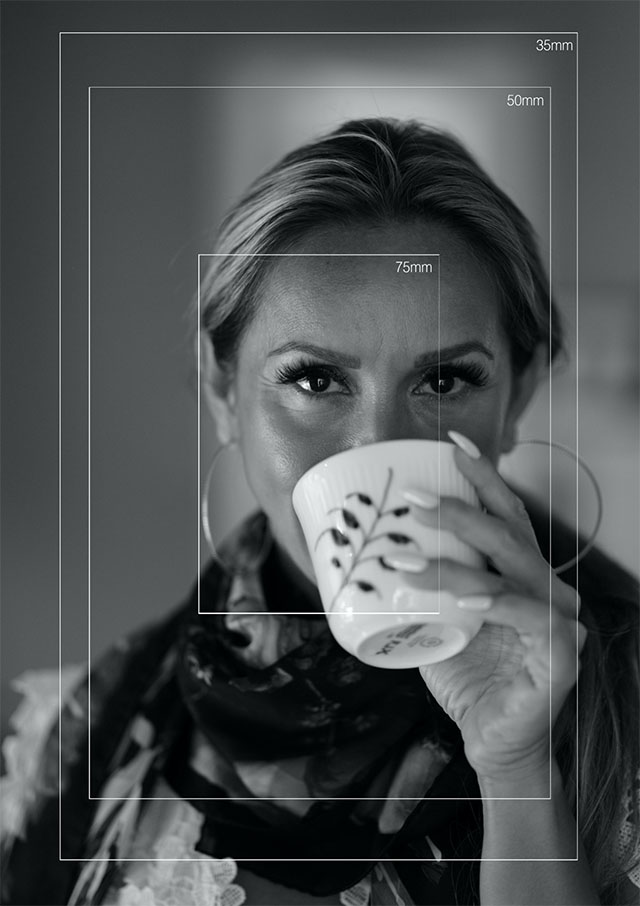
The Leica Q2 offers multiple crop options - it's part of the concept of the camera to utilize the 47MP sensor and the perfect lens this way. Does it work? Read the book to find out.
Also in my new book:
"The Young Guns"
In my new Leica Q2 book, I go over some of the current names who use Leica as their tool. This is a work I am likely to expand on in a separate publication. In this book, it is in the context of the line of great photographers who used the Leica to make iconic photographs since 1925. Most of them are dead, but their photographs are still with us, and then it is relevant to look at "The Young Guns".
All this comes with a detailed account for how they Leica became the "freedom tool" that has been used by surprising many women, but also notably by people of many religious or political standpoints. The Leica doesn't discriminate, on the contrary the family who introduced this camera, the Leitz family stands out as freedom fighters risking their own wealth and life to ensure other's freedoms.
But more on that in my book, "The Art of Loving the Leica Q2".
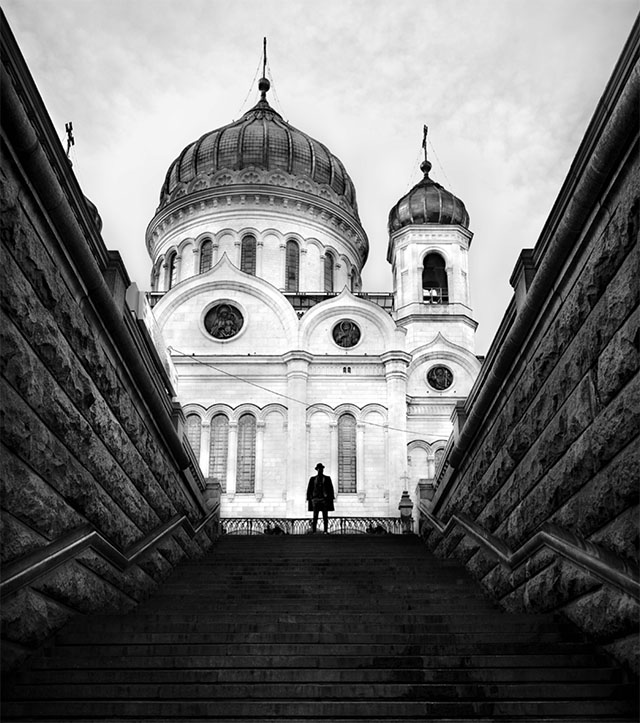 Arteh Odjidja's photographs from Moscow is part of "The Young Guns" in my new book.
Arteh Odjidja's photographs from Moscow is part of "The Young Guns" in my new book.
Everyday I write the book
So goes a song my Elvis Costello, and in my case it is true. I am always writing on a new eBook, and the next one coming up May 21, 2021 is "Why do I Photograph?". If you have read and you liked "A Little Book on Photography" there's a good chance you may love this one. It is a 250 page easy-to-read book about why we photograph, how I travel, and more. Preorder here, or keep an eye out for it when it is released.
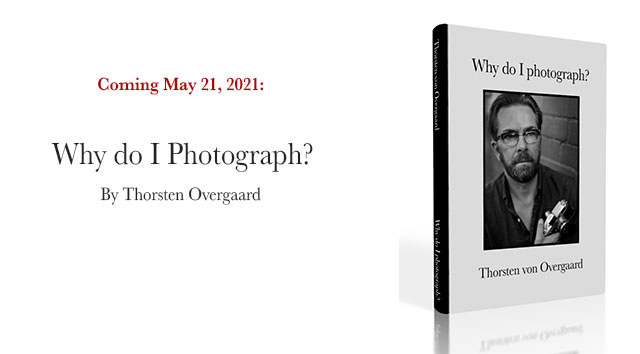
About time to take back your life
It does something to all of us when you get into the habit of "wait to see what the government says" about our freedom to move and do what we usually consider basic freedoms. Suddenly it's okay if a concert, a holiday trip or a new movie with Tom Cruise or James Bond is in a month or maybe next year. "Let's wait and see" has become the mantra to a degree that has sunken us into apathy. See what you see, not what someone tells you that you see.
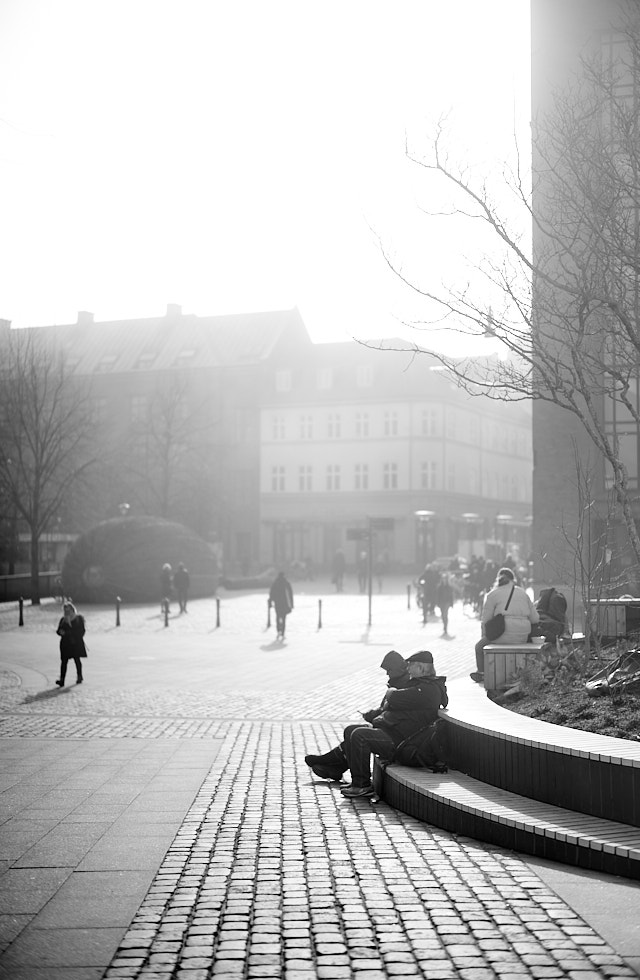
Let's go outside
It's time to start planning how to take back the life you was meant to live. On May 4th, I have decided, I will celebrate my 25th anniversary and offer 25 workshop spaces for a special price in my "May the 4th be with you" sale. When you buy a "ticket" it is good for any future workshop, any location, any date. You are set to go as soon as you find it secure and the barriers have been removed.

On May 4th I will offer 25 workshop spaces for a special price. The "tickets" can be used for any future workshop in any location, whenever you feel you are ready to step outside and join me to use your camera.
I changed my heart, then my flight tickets
As you can imagine, it's a miracle that I'm doing well even I have traveled just a little and done only a very few workshops in over a year. One thing I decided during this time, while swimming in my pool and writing books, is that I want to make each workshop a fun creation of my own.
I now pick locations I personally want to explore, and then others may join if they like to go as well. This was something I did first with Havana, Cuba a few years back. I decided I wanted to go to Havana, and if there would be workshop or not, that was secondary. I was determined to go explore for myself. And holy Moses! I did go, and I had a great time, and somehow my personal enthusiasm and determinism led others to join, and since then, every Havana workshop has been packed with smiling people (and next one is on my birthday, March 25, 2022). In a way, if you know me, my business model has always been to do what I want.
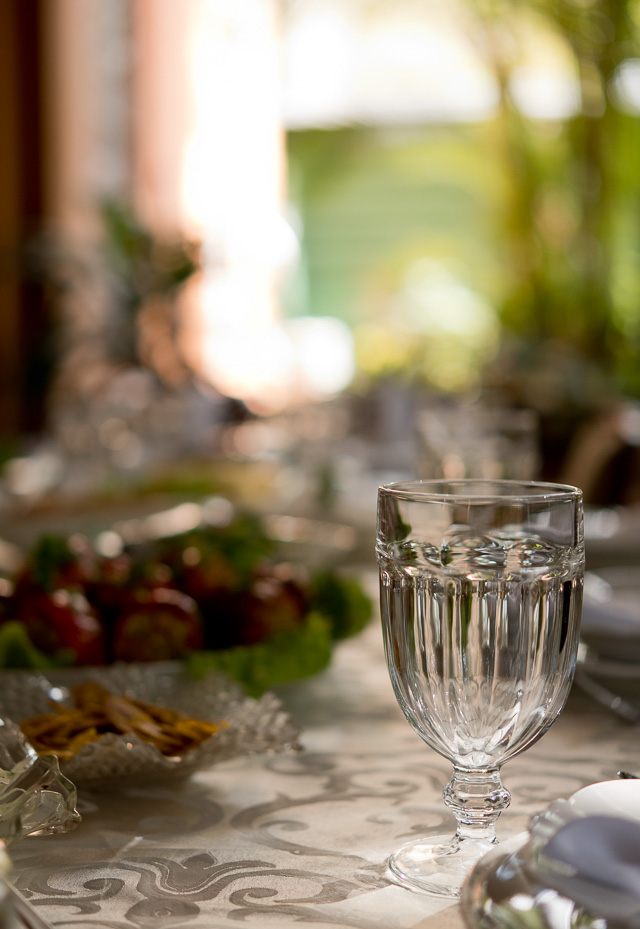
Havana, Cuba.
For the upcoming workshop locations, you will see many new and curious locations. As the schedule evolve, I have so far put West Palm Beach, Venice, Sedona (a beautiful little place in Arizona), El Pazo, Montreal, St. Louis and other places that have found that I need to discover. I also have the usual locations that I seem to never get tired of visiting, such as New York, Chicago, San Francisco, Paris, London, Rome, etc.
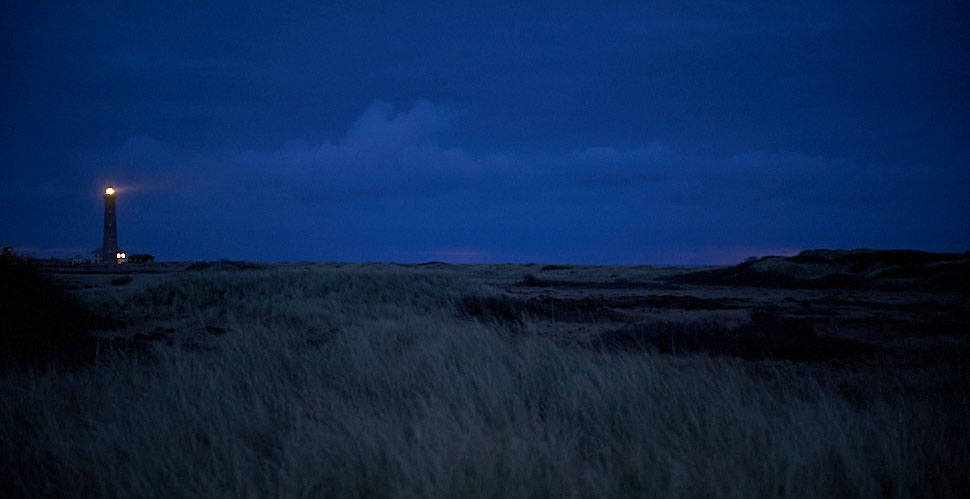
I wanted to go to a very remote location for a week, and I picked Skagen, the most northern peninsula of Denmark. It used to be the painters and artists preferred colony 100+ years ago. I can't tell many stories from there, because frankly not much happened. Maybe that was the point. But I did get a series of great photos.
Look
See what you see, not what someone tells you that you see. As a photographer, you go outside and look at things, and that is how you get to really see, and this is how you manage to make something new out of the ordinary. I say, now go see some parts of the world further outside than your own city. This habit of staying at home to "wait and see" ... is something we now have to shake off us. You weren't born to "wait and see".
I traveled a bit to Chicago, Berlin and other places, and nowhere was like I was told it was. It was less dramatic, it was much more positive than I had expected. Sometimes you have to drive to a border to find out that it is actually open.
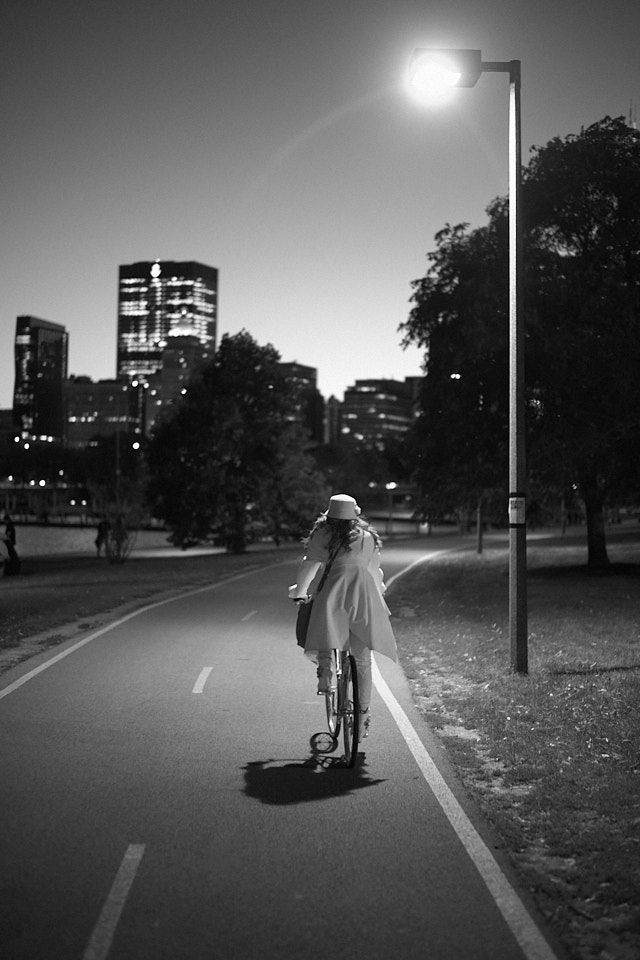
Chicago in October 2020. © 2020 Thorsten Overgaard.
There's nothing new in that experience. I always exerienced that going somewhere myself was the right way to see what it was. It if was Hong Kong, Tokyo, Chicago, Oslo, Silicon Valley, Shanghai, Havana ... it's surprising how familiar, interesting and friendly places far away are. I've heard everybody gets shot in Chicago, that they fight in the streets of Hong Kong, and many other things, and while it may be true for a small part of a place, it is not what most people experience. After all, people have the same values. We all want clean air, healthy and interesting food, great coffee, education for our children, and a government that works for all the people. No matter what you heard, seeing for yourself will open your eyes. And that's what we need now.
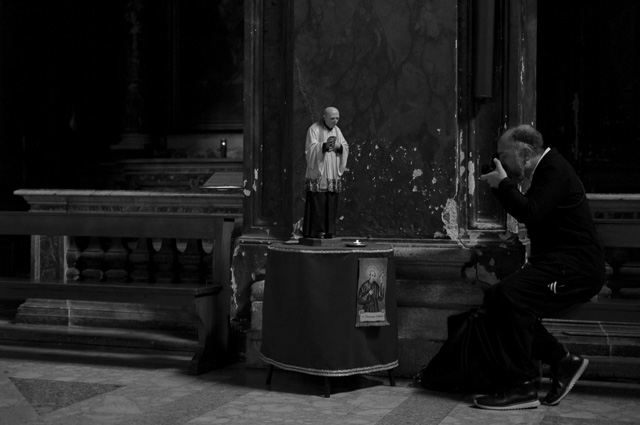
Manuel Studer from Switzerland working in my workshop in Rome. © Thorsten Overgaard.
Learn
Those who get along in life never really stop studying and learning. Most people I meet in my workshops are extremely competent in their professional field, and now they happen to also be interested in photography. So they want to learn all they can about it. Often they don't know what it is they don't know, based on intuition the come to the workshop, knowing there is something to take home.
My goal is to instill enthusiasm in any photographer and raise his or her skill level, self-confidence and production volume. And I do. I always myself spent a lot of time reading, making sure I understood the nomenclature of photography and every bit of information. Once you get a subject under your nails, it gives the freedom to do what you want. This is what is called competent.
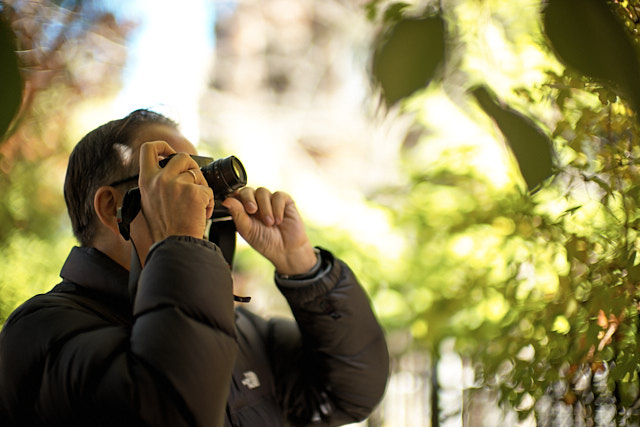
Practice
One never really knows if he is wise or not until he sees the results of applying it. My opinion, as you may have read many times, is that photography is simple. It should be, because fundamentally it is about writing with light, and often it is a matter of seeing through the BS and make the camera, the lens and the subject you own. It comes with doing it, and with doing it a lot comes the ability to spit out results without having to try too hard.
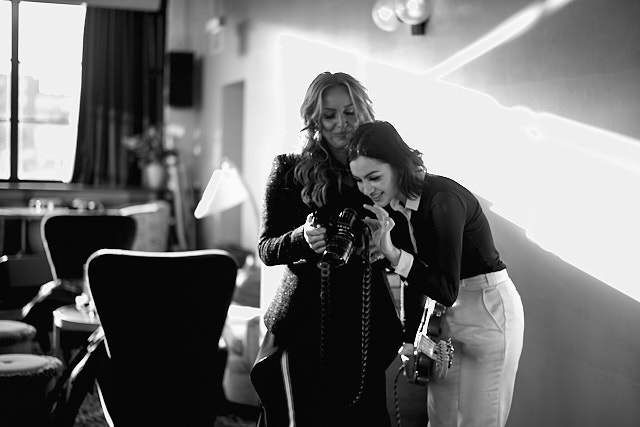
So far, so good. In closing, here is an excerpt from my new book "The Art of Loving the Leica Q2":
"Take a Break and Learn to See"
People look, but they don’t see. The ability to see and capture the moment with the eye can be a channel of pleasure just as listening to music or having a great meal. But it doesn’t happen by itself.
One of the things I enjoy in life is to smoke a cigarette. I think the reason is that it makes me relax my viewpoint. It gives me a break to actually sit back and look at things, both mentally and literally.
We live in a fast world where smartphones constantly push alerts and machines seem to insist on using sounds to alert us that we just got a new message, to ask if we have measured our steps today, to notify us in the middle of the night that someone has re-tweeted our last tweet
Most of the day we are busy getting somewhere and keeping an eye on traffic and waiting for a green light in a crossing.
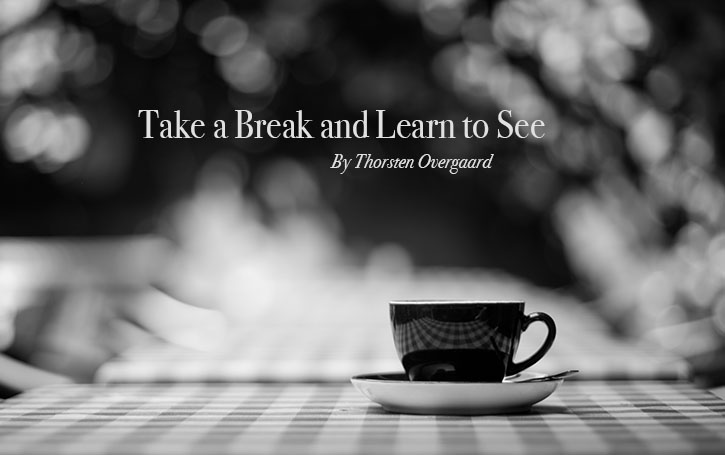
You have to force yourself to just take time to look at things and form your own viewpoints. Waiting around or using pen and paper, smoking a cigarette, waiting for an airplane to arrive or forcing yourself to sit down on a bench in a park, for no particular reason. These are the sort of rare occurrences that allow you to actually look and maybe see.
If and when you do, you get to rest your viewpoint and notice things. That’s when you notice the beautiful light that happens to accentuate the spider web between two trees that a busy little spider has been working on all night. Or you notice the flowers on the table and the shape of the salt and pepper shakers on the table. The subtle knitting in the white tablecloth and how the low sunlight accentuates the pattern.
I was finishing this book in Hollywood. Most people think I travel all the time, and I do. But I actually have breaks of whole days or several days where there is no work-agenda nor travel scheduled. That time is my own and I can decide if I want to go photograph, write or read.
Some mornings I go out on the rooftop before the sun starts heating up the city. I have my coffee and a Kindle and read a couple of chapters in a book about Jay-Z, who made it from being a drug dealer on the corner in Brooklyn, to being a brand name and a business.
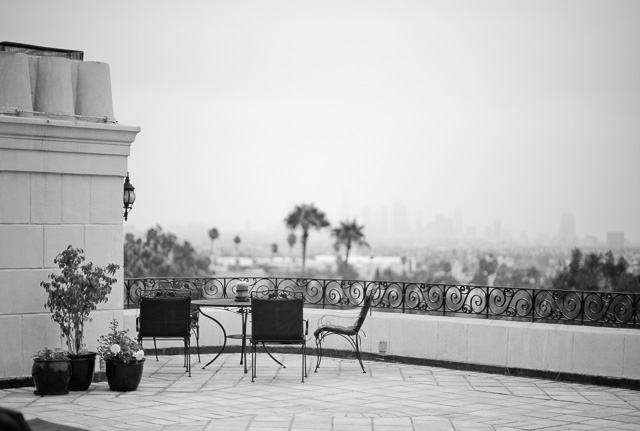
I made it a rule not to check my phone alerts as the first thing in the morning, but to take time to look over the rooftops and read a book on a device whichdoesn’t give me any alerts. A book would be perfect, but it seldom works when you travel. I tend to have books in all places because I cannot take them with me.
In the same manner, a notebook is perfect. I love pen and paper, but find it difficult to organize paper notes so I can find them.Writing on paper with a pen is a process rather than an actual tool these days. It has its places to scribble notes, it makes you bite your pen and think while you look at the empty space in front of you. For making notes, pieces of articles, etc. digital notes are more practical.
You have to find ways to take a break. That’s what we’re talking about. It’s is one of the valuable things of being a photographer. Your assignment is to lounge about without any plan, looking for things that might be of interest; hanging around on street corners. The faster you walk, the less you see.
It’s a great excuse to have a camera because you are free to change direction and spend as much time as you want on nothing. Unlike the tourist that hurries around to capture memories from early morning until late night, in one tourist trap after the other in exotic cities, you as a photographer capture moments and you are productive. You make pictures from walking around and doing nothing. You make something out of nothing. Even so, often the best photos come about when you take a break from walking and sit down to have coffee. The instant you put down the camera, that is often when you start seeing the pictures.
It’s interesting that the harder you try, the harder it gets. That is often the rule.
I often make a detour into a church or a park whenever I come across one. It slows things down; it changes the gears. It is interesting that when you visit places where someone has arranged things to entertain you, those are the least photogenic locations. You go to a mall and your senses are bored to death with messages and benches and garbage bins aligned in orderly patterns. The same happens at water fronts that are designed to entertain, feed the stomach and empty the wallets of visitors.
How to take a break from all this? As a photographer, it is more aesthetically pleasing and more photographically pleasing to visit the small streets and the local stores that haven’t been touched by city planners and mall planners. This is where you meet the son that takes care of the family store in the afternoons after school and whom offers a much more interesting photo opportunity than the teenager on minimum wage dressed in a uniform in the mall. Restaurants with numbers on the tables are usually to be avoided. It’s too well-organized, not personal.
When you walk down a street, the break is often in the backyard or places you normally wouldn’t go. Take a break and walk in through the driveway to the backyard if the light looks interesting or something else looks like it might be interesting. You don’t know until you get there, but you don’t have to report to anybody that you just wasted five minutes if it wasn’t. You’re taking a break.
In choosing which way to go, choose the interesting one. It is almost certain that nothing of interest will happen on the main road that all others are going on.
It is more valuable to zig-zag through unknown streets. It may or may not be as fast, but you are taking a break. If you don’t take breaks, how would you see and take photographs?
A full day of my workshops is usually dedicated to walking around and photographing without any plan. We walk as a group and know where each other is even when we get separated across an area. I don’t make any plans except that we look for light, and often we have a location we are walking towards. But we don’t know how fast or slow we will be, in arriving. It’s just a direction. Sometimes we never arrive there.
“The road is the goal” as the saying goes.
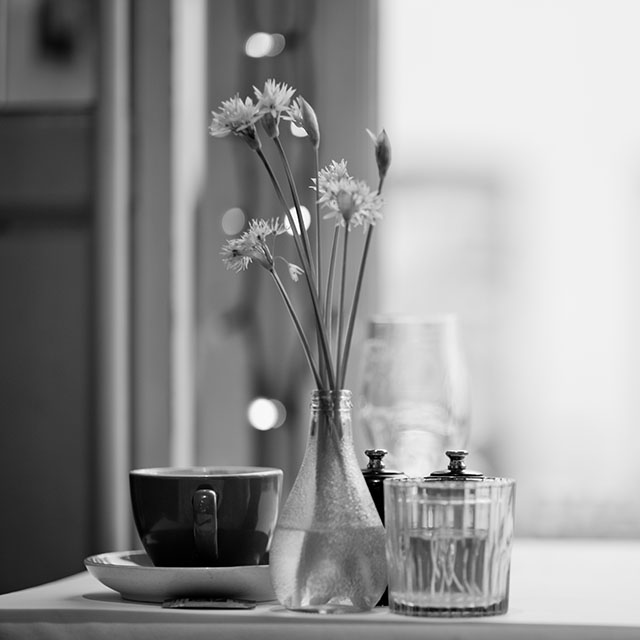
The goal is not to visit a number of places. The goal is simply to get out there in the streets, and if all goes well, to get lost. What mostly happens is that nobody in the group ever took so many photographs in one day, and at the same time had a relaxed day completely off the grid. In other words, it is extremely productive, and I personally believe it is the greatest lesson people learn on that day: if you walk around with a camera, you will make photographs.
It’s a surprise even for me how many photographs I take in terms of the number of photographs, but even more surprising is how unpredictable it is to discover which ones are the good ones and which ones didn’t turn out. I think the message is, “Just get out there with a camera and something will happen”.
I have had people who’ve never allowed themselves to take a break in their lives, and I have had people who are used to planning every day in 15- and 60-minute increments, and suddenly their work is to walk around and just look at things. It’s a therapy.
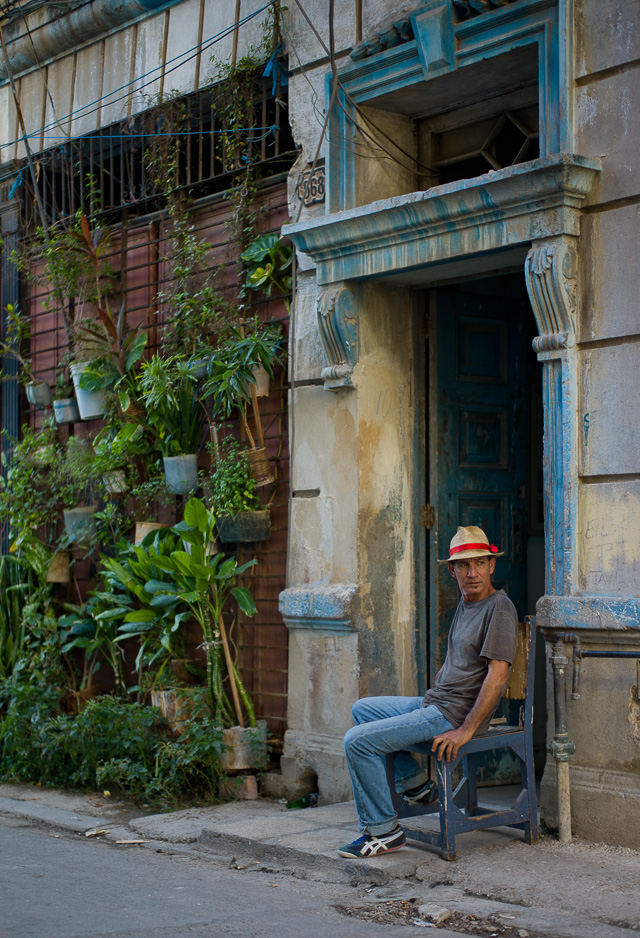
Havana.
I probably run the most unorganized and casual workshop that ever existed. Without a camera it is unlikely that any of us would just walk around for a whole day. You’ve got to do something, and the camera is an excuse to do nothing.
If we didn’t have that, we would go play pool and drink beer or something. With a camera, you can take a break for 5 minutes or 5 days. Not only will it be liberating, it will also be productive and help you create something that no store, office nor factory offers: Aesthetics.
How do you know who you really are and what you are capable of if you allow smartphones, software, television and other people to occupy your schedule and attention every minute of the day? With a camera and time to see, you will experience yourself capable of creating things that will impinge, impress and change others’ viewpoints.
I can say that is true for anyone. I have worked with quality control managers of large German corporations, dotcom entrepreneurs, artists, sales people, students, housewife’s, filmmakers, and all.
Most people respond to things. If you notice, most of what people talk about is a response to what they saw on the news, read in a book, were told on television, saw in the street, or experienced in a store or on the way home from the office.
Very few people originate things from themselves.
What does that mean? It means that there are agendas all the time and often intelligence and responsibility is measured in how well you are informed and can form an opinion about a mass rape in India or a new tax legislation in the USA. Those are the important headlines in society. But for you? You somehow have to disconnect from society. That’s what you are doing when you take a break.
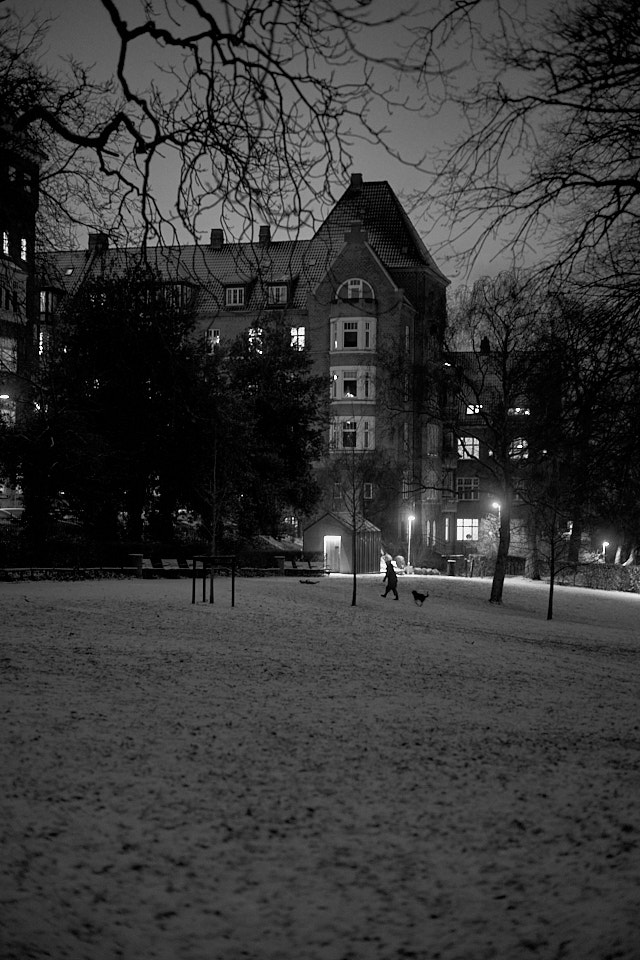
It’s a quiet revolution.
When you find someone, who has come up with an original thought unrelated to current news streams, you are with a special person. They actually made an independent idea that didn’t come from a newspaper! The moment your kids say, “I've got an idea” you are talking with the real person and not a machinery that responds to impulses.
This quality of originating is one that photography almost always provokes. You may feel that you are just taking photos of what is there. But if you look at what you do, you will realize that you actually create something that wasn’t there before. It may be inspired by what was there (and often things we create are), but it is in fact created and didn’t exist before.
You made something.
You didn’t do what was expected or what you got paid to do. You didn’t laugh at a comment on television written to get you to laugh, you didn’t get angry about the subject written in the newspaper intended to upset you. You made something out of nothing, and that is rather unique.
That’s what happens when you take a break.
/ Thorsten Overgaard
As always, feel free to mail me at thorsten@overgaard.dk
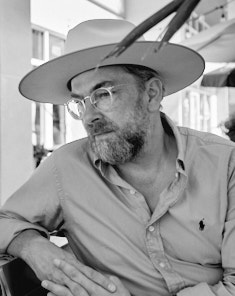
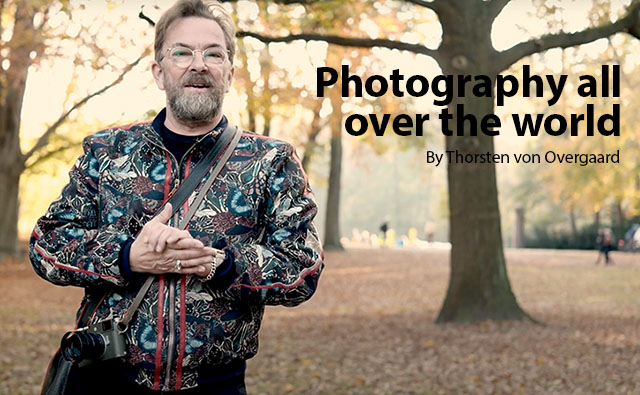
"Always Wear a Camera" around the world.
![]()
